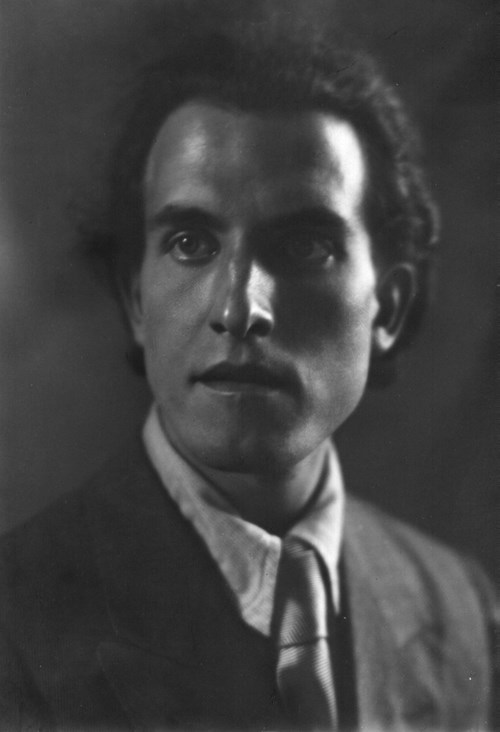
Evaluation Luigi Montanarini
Luigi Montanarini Valuations - Want to sell a Luigi Montanarini piece? Request a complimentary and confidential valuation!Colasanti Casa d'Aste will review your submission and offer a free-of-charge estimate, if your item is suitable for our auctions.
biography
Luigi Montanarini, born in Florence on July 22, 1906, and deceased in Rome on January 7, 1998, was one of the most significant Italian painters of the 20th century. The son of Stefano, a railway engineer, and Maria Cianchi, Montanarini showed an early passion for art, frequenting the Uffizi Gallery and meeting the painter Maurice Denis in 1925, who introduced him to French artistic culture. In 1927, he enrolled at the Academy of Fine Arts in Florence, where he studied under Felice Carena and developed a deep admiration for 19th-century masters such as Courbet, Cézanne, and Renoir.
In 1928, he created the work “Apotheosis of Fascism” for Palazzo H of the Foro Italico, one of his most famous pieces from that period. After earning his diploma in Painting in 1931, he traveled extensively throughout Europe, visiting the Netherlands, Zurich, and Paris, where he came into contact with artists such as Picasso, Gino Severini, Alberto Magnelli, Jacques Villon, and Alfred Manessier. These encounters profoundly influenced his style, pushing him toward a more European and international approach to painting, while still maintaining a connection to Italian tradition.
Montanarini joined the Scuola Romana, exhibiting at the “La Cometa” Gallery in Rome, and in 1932, together with Pericle Fazzini, Enrico Prampolini, Joseph Jarema, and Virgilio Guzzi, he founded the Art Club, based at Via Margutta 54. In 1956, he won the Spoleto Prize, a recognition that solidified his national reputation. From 1965 to 1976, he served as director of the Academy of Fine Arts in Rome and was a member of UNESCO, contributing to the promotion of Italian art worldwide.
His artistic output ranges from oil painting to drawing, from graphics to mixed media, with works present in major museums and international collections. He participated in numerous exhibitions, including the Venice Biennale and the Rome Quadriennale.
In 1928, he created the work “Apotheosis of Fascism” for Palazzo H of the Foro Italico, one of his most famous pieces from that period. After earning his diploma in Painting in 1931, he traveled extensively throughout Europe, visiting the Netherlands, Zurich, and Paris, where he came into contact with artists such as Picasso, Gino Severini, Alberto Magnelli, Jacques Villon, and Alfred Manessier. These encounters profoundly influenced his style, pushing him toward a more European and international approach to painting, while still maintaining a connection to Italian tradition.
Montanarini joined the Scuola Romana, exhibiting at the “La Cometa” Gallery in Rome, and in 1932, together with Pericle Fazzini, Enrico Prampolini, Joseph Jarema, and Virgilio Guzzi, he founded the Art Club, based at Via Margutta 54. In 1956, he won the Spoleto Prize, a recognition that solidified his national reputation. From 1965 to 1976, he served as director of the Academy of Fine Arts in Rome and was a member of UNESCO, contributing to the promotion of Italian art worldwide.
His artistic output ranges from oil painting to drawing, from graphics to mixed media, with works present in major museums and international collections. He participated in numerous exhibitions, including the Venice Biennale and the Rome Quadriennale.


